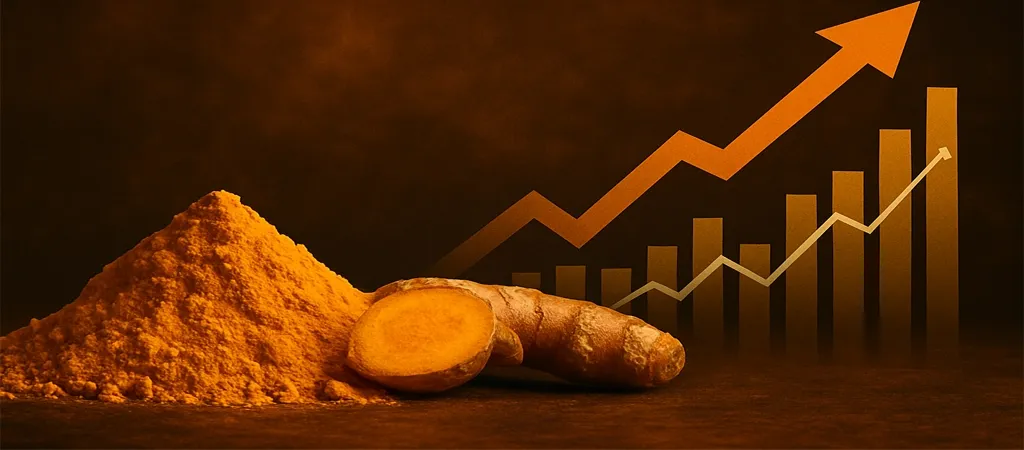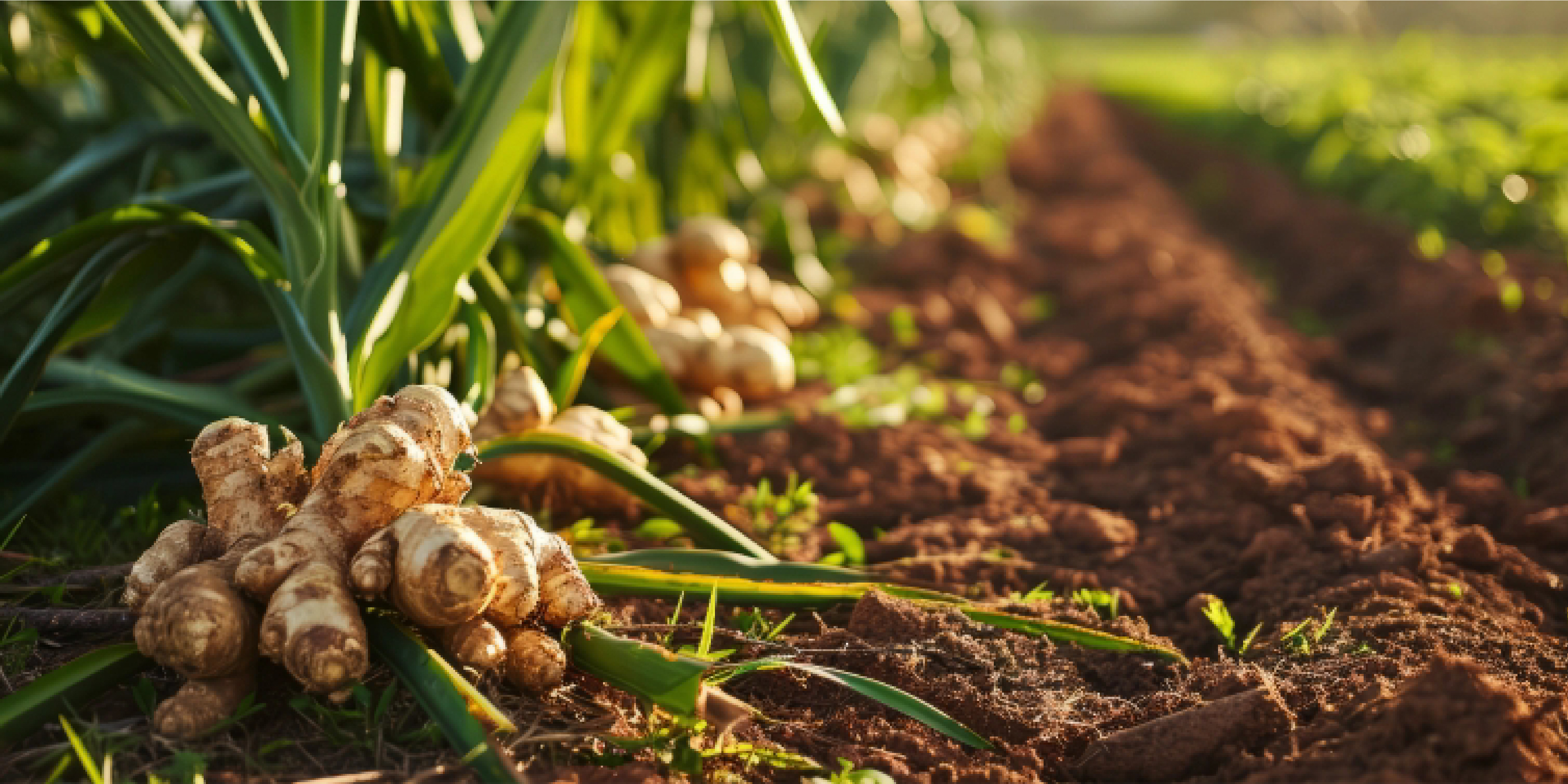
Turmeric prices surge due to tight supply, poor harvests, and strong global demand; rates may rise further as 2025 production falls short of market needs.

The global demand for ginger continues to surge, driven by its recognized health benefits and increasing culinary uses worldwide. However, this growth comes with challenges, including quality issues, high freight costs, and varying market dynamics across key producing countries. Here's an in-depth analysis of the current state of the ginger market, its challenges, and what to expect in the near future.
Brazil: A Growing Ginger Hub
Brazil has significantly ramped up its ginger production in recent years, primarily driven by increased demand during the coronavirus pandemic. Many farmers have switched to ginger cultivation, resulting in an abundant supply. Despite this, US buyers are facing challenges adapting to the influx of new suppliers. Additionally, some Brazilian farmers harvested unripe ginger early in the season, leading to quality issues. However, experts believe that the supply should be sufficient until the end of September.
China: High Demand Meets High Costs
China, another major player in the ginger market, is currently experiencing strong overseas demand for its ginger. However, exporters are grappling with skyrocketing freight costs. The ongoing Houthi attacks in the Red Sea have forced shipping companies to avoid the Suez Canal, increasing delivery times and freight prices to around USD 9,000-11,000 per container. Despite these challenges, domestic demand in China is expected to rise in September due to public holidays, potentially pushing prices higher.
United States: A Shift in Sourcing
US buyers are increasingly turning to Brazilian ginger due to favorable prices, though Peru remains a significant supplier, especially for organic ginger. Chinese ginger also continues to play a crucial role in the US market. Overall, the supply-demand balance appears stable, with prices expected to remain steady.
European Market: Mixed Trends
The European ginger market presents a varied picture. While overall imports fell by 22.6% in 2023, countries like Côte d'Ivoire and Indonesia managed to increase their shipments significantly. Germany, in particular, has seen a substantial rise in ginger imports, quadrupling over the past decade. Conversely, traditional suppliers like Nigeria, China, India, and Vietnam experienced notable declines in their export volumes to Europe.
Quality Issues
Quality concerns remain a significant challenge across the ginger supply chain. In Brazil, early harvesting has led to the market entry of unripe ginger. In Europe, issues such as high maximum residue levels and fluctuating quality standards have impacted market dynamics. The focus on organic and high-quality ginger, especially in markets like Italy and France, emphasizes the need for consistent quality assurance.
Freight and Logistics
High freight costs and logistical challenges are pervasive issues affecting the global ginger trade. The situation is exacerbated by geopolitical tensions, such as the Houthi attacks in the Red Sea, leading to increased shipping costs and delayed deliveries. These factors contribute to higher end prices and supply chain uncertainties.
Sustained Demand Growth
Despite current challenges, the global demand for ginger is expected to continue its upward trajectory. Health-conscious consumers and the growing popularity of ginger in culinary applications are key drivers of this trend. Market stability is anticipated, provided that producers and exporters can navigate quality and logistics challenges effectively.
Strategic Adaptations
Producers and exporters need to adopt strategic measures to meet rising demand while maintaining quality standards. This includes investing in better agricultural practices, enhancing supply chain efficiency, and adapting to market requirements.
Technological Innovations
Technological advancements in agriculture and logistics could play a vital role in addressing current challenges. Innovations in farming techniques, better quality control measures, and improved logistics solutions are essential for sustaining market growth and meeting consumer expectations.
The global ginger market is poised for significant growth, driven by increasing demand and expanding production in key regions like Brazil and China. However, challenges such as quality issues, high freight costs, and logistical disruptions need to be addressed to ensure market stability. By leveraging strategic adaptations and technological innovations, stakeholders in the ginger market can navigate these challenges and capitalize on the growing demand for this versatile and healthy spice.

